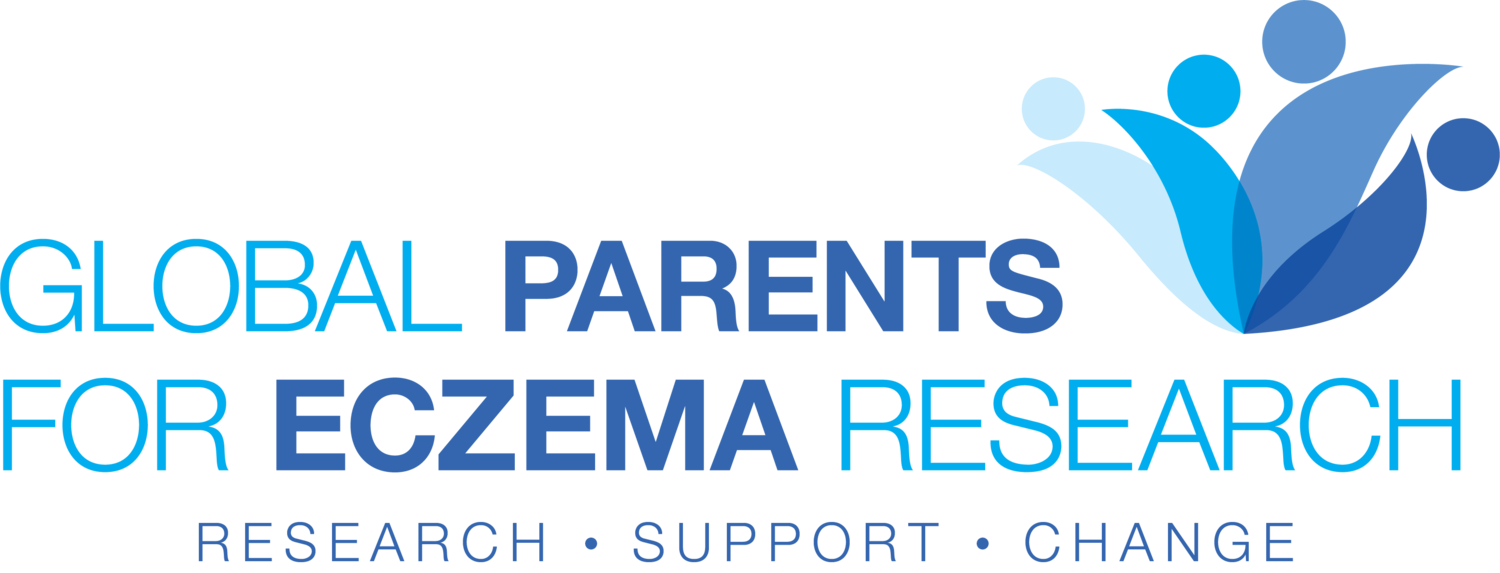Choosing a Moisturizer that Helps – and Doesn’t Harm – Your Child’s Skin Barrier
Moisturizers are one of the mainstays for treating children with mild to severe eczema. Most parents are used to slathering on emollients after baths and throughout the day to manage their children’s dry, irritated skin. But new research suggests that some moisturizers might be doing more harm than good.
Dr. Peter Elias, dermatologist and professor at UC San Francisco has studied the effect of moisturizers and skin care products on sensitive skin for 45 years. In an interview with the University of California, he noted that his patients often experienced initial relief from moisturizers but hours later their skin was as dry as before. He decided to look more closely for the reasons why. His May 2022 study examines how specific moisturizer formulations affect the faulty skin barrier of his eczema patients.
Normal skin is remarkably effective in retaining moisture through layers of interlocking cells. These cells are like bricks that form a wall to keep moisture in and irritants out. The “mortar” between the bricks is composed of lipids (fatty substances) that hold the bricks in place. The damaged skin of kids with eczema produces less of three important lipids – ceramides, cholesterol, and free fatty acids. The result: the bricks have gaps between them, and moisture leaks out resulting in dry porous skin. What’s more, the leaky barrier also lets allergens and bacteria like Staph aureus in.
Unfortunately, many moisturizers are not formulated to address skin barrier problems. They are comprised of water-in-oil plus lanolin or petroleum. While some contain the essential lipids that help cement the skin barrier, they are in such low concentrations that they are not therapeutic.
Some of these moisturizers also alter the pH of the skin, making it more susceptible to infection and less effective at producing the mortar (the three lipids) that holds the skin cells together. And because these products are not always tested on people with sensitive skin they may actually be harmful as some irritating ingredients are absorbed through the leaky skin barrier.
The good news is that moisturizers that contain the three lipids in the right proportions can repair the skin barrier of kids with eczema. Three recent studies support the use of triple lipid-based moisturizers.
24 pediatric patients continued to use standard therapy (topical steroids) but substituted a triple lipid product for their prior moisturizer. 22 patients showed a rapid improvement in disease severity (SCORAD) and improvement in skin barrier function.
121 pediatric patients received either EpiCeram (a trilipid cream)or a mid-potency steroid, Cutivate. At 28 days the children receiving EpiCeram had comparable reductions in disease severity, itching and sleep improvement as those receiving the steroid.
45 pediatric patients with dry skin or eczema applied EpiCeram (a trilipid cream) to one arm and Aveeno to the other. After seven weeks the water loss from the skin of each arm was measured. The water loss was significantly lower from the arm that received EpiCeram (and the same as normal skin) than from the arm that received Aveeno.
Want to read more blogs like this one? Subscribe to our newsletter to stay in the loop!
Are you a parent looking to connect with others on the eczema journey? Sign up for our free caregiver support program today. And if you like what we do, please donate to GPER.

